Boston Children's Museum
308 Congress Street, Boston, MA 02210
617-426-6500
© Boston Children’s Museum 2025
Website Design by Jackrabbit
Providing a context to an activity can help to give it significantly more meaning for children. In tandem with the Adinkra and Adinkra Stamps activities, read this story to children and learn a little more about the significance of these beautiful Adinkra symbols.
VIEW ACTIVITY
Adinkra are unique symbols created in West Africa, especially in Ghana. They are often used on pottery, woodcarvings, in logos, and they are especially beautiful when stamped on fabric. The Ashanti people of Ghana originally created Adinkra cloth to wear on special occasions, like funerals and weddings, and to important religious ceremonies. Adinkra stamps are symbols that represent specific feelings, events, things, or places. See some examples of Adinkra symbols and what they mean in the Adinkra Glossary (Click here for the PDF).
VIEW ACTIVITY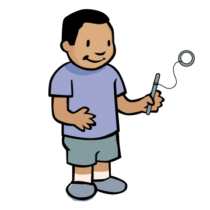
This activity introduces students to a Native American game called “Ring and Pin”. Almost every Native nation across North America has a version of Ring and Pin that children traditionally played, and sometimes still play. Some of the games have different names, and most of them use different materials. But what they have in common is that every Ring and Pin game is played basically the same way, and all of the games are designed to help children develop eye-hand coordination (and have fun!).
VIEW ACTIVITY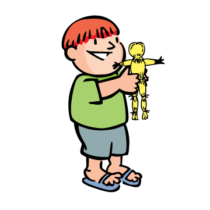
For the Wampanoag Tribal Nation in Massachusetts, summer brings many things to be thankful for—including corn! Corn is special to the Wampanoag, and making corn husk dolls is just one way that parts of the corn plant are traditionally used. Try out this activity that Wampanoag children and adults have been doing for many years (and if you like, you can call them “action figures” instead of dolls). Click here to watch a video of traditional Wampanoag corn husk doll making.
VIEW ACTIVITY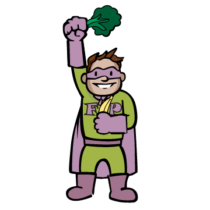
Most children have come into contact with a wide variety of fruits and vegetables, but few have ever taken the time to examine these foods closely. Offering children an opportunity to carefully study objects that seem so familiar will give them a chance to practice their observation skills and may encourage them to more carefully observe other things that they take for granted. In addition, children will gain a fresh perspective on familiar fruits and vegetables and learn about some not-so-familiar kinds as they identify, investigate and sample a variety of these foods.
VIEW ACTIVITY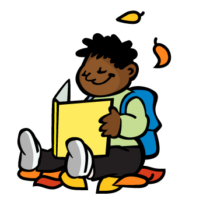
Children will have their own special associations with summer and all that the season brings us. For the Mashpee Wampanoag Tribal Nation in Massachusetts early summer brings warmer weather and the harvesting of some of the first fruits of the year…especially strawberries. Try all of these summer Thanksgiving activities, and you and your students can share in Mashpee Wampanoag traditions and celebrate the strawberry harvest too!
VIEW ACTIVITY
Children will have their own, special associations with winter, including games, holidays, gift giving, etc. In this activity students will learn a little about what winter is like in Wampanoag communities. Try the other winter thanksgiving activity, Hubbub, and you and your students can share in some Wampanoag traditions and give thanks to the animals!
VIEW ACTIVITY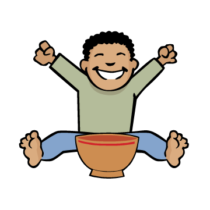
This activity introduces students to The Bowl Game, or “hubbub”, a traditional game played by the Wampanoag and other Native people all across America. In the Northeast United States, the game is sometimes called hubbub because early European settlers who witnessed it being played reported hearing players say “hub, hub, hub” over and over to distract and intimidate the other team. Try all of the winter thanksgiving activities, and you and your students can share in Wampanoag traditions and give thanks to the animals!
VIEW ACTIVITY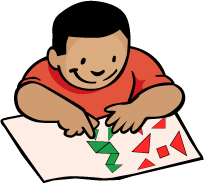
Tangrams have existed for hundreds, maybe even thousands of years. They have remained popular for so long because they are simple to engage in, yet they can truly challenge the mind. By experimenting with tangrams, children will learn about a game from another culture while they investigate geometric concepts, properties and relationships. Tangrams also help children to develop visual thinking, spacial sense and problem solving skills.
VIEW ACTIVITY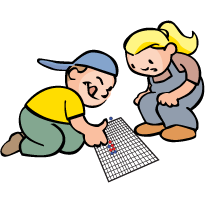
Cultural understanding is easier for children when it is grounded in commonalities. By learning and playing games that children in different cultures also play, kids can come to discover that people from different parts of the world are not as different as they might seem. And while they are discovering this, they will also be developing math skills like visualization, pattern recognition, logical deduction and counting.
VIEW ACTIVITY